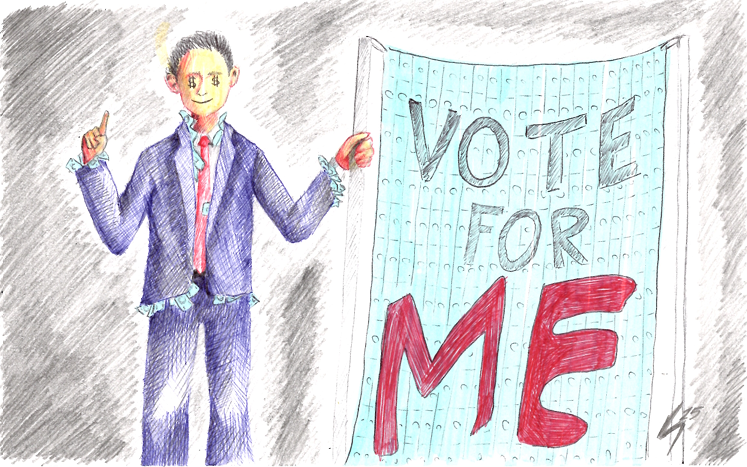The 2020 presidential election may create a worse scenario than the hanging chad scandal called the “red mirage.” Unlike the 2000 presidential election where Floridians failed to properly punch holes in paper, this race hinges on mail-in ballots and the postal service. A Democratic analytics company, Hawkfish, says election officials will experience delays with receiving and counting mail-in ballots. They also predict significantly more Democrats voting by mail, resulting in an overwhelming victory for Donald Trump on Election Day. However, as more and more mail-in ballots are counted over the following days, Joe Biden will close the gap and scarlet states will slowly turn sapphire.
To be fair, this firm is far from a disinterested party. Michael Bloomberg funds Hawkfish and they work for the DNC and several Biden super PACs. Therefore, we should call their red mirage prediction into question by conducting a separate analysis. However, given the high level of hyperpartisanship surrounding Trump, we should also seek to either mitigate or prevent the red mirage to reduce any resistance to the election’s victor.
Hawkfish’s election model for the red mirage shows Trump will win key swing states like Michigan, Pennsylvania and Florida on Nov. 3 by a large margin. As several days pass, Biden will slowly gain more votes as mail-in ballots trickle in and ultimately win those states. This outcome is not unreasonable as Biden leads Trump in the Real Clear Politics polling average in allthreestates.
Additionally, the red mirage hinges on Biden’s supporters voting by mail significantly more than Trump voters. According to a YouGov poll, 20 percent of Trump’s supporters intend to vote by mail, whereas 52 percent of Biden’s supporters intend to use mail-in ballots. Because half of Biden’s support may come through the postal service, the red mirage could become a reality. Especially in swing states like the three mentioned above, Trump could appear to have initially won if few mail-in ballots are immediately counted.
Another element lending credence to Hawkfish’s hypothesis is the lag in USPS’s services. For example, between April and June 2020, reports indicate that over a million mail-in ballots were delivered to voters late. Almost 590,000 were sent after the mailing deadline for ballots in 17 states. With overtime cuts and USPS removing about 15 percent of its high-speed processing machines, election officials may need weeks to determine who wins the election if the delays in service continue.
If an event like the red mirage occurs because Biden’s votes are tallied late, Trump is unlikely to accept the results. Trump famously stated in 2016 he would accept the election results “if I win” and has gone on to say he will only lose in 2020 “if the election is rigged.” While Biden is not guaranteed to win the election, he is currently leading Trump by about six points in the Real Clear Politics national average. If it appears Trump won by a landslide only for Biden to beat him a few days later, significant partisan tensions may erupt.
One way to mitigate the red mirage’s effects would be to normalize voting by mail. According to the New York Times, 75 percent of voters are eligible to use a mail-in ballot. While Trump opposes expanding voting by mail to prevent fraud, some GOP and RNC officials disagree. If Republican officials can make mail-in voting more popular among their base, neither side can argue the election’s results are fraudulent. Furthermore, if enough Republicans vote by mail at a similar rate to Biden voters, the red mirage will not occur. This scenario hopefully would not occur since Biden and Trump would not experience as wide of a swing in votes if ballots are counted slowly.
Additionally, there are ways to work around the post office to ensure more ballots arrive on Nov. 3. Democrats and local officials are encouraging voters to take advantage of early voting and to submit mail-in ballots by Oct. 15. Furthermore, if voters cannot submit their ballots several weeks ahead of the election, officials are encouraging them to instead find a drop-off point. We can reduce the red mirage’s effect by implementing these policies on a wider scale, hopefully ensuring more of Biden’s votes are counted on Election Day.
The red mirage is a worst-case scenario and is not guaranteed to happen. However, many of the elements needed to make it a reality are in place. As such, to avoid any partisan conflicts from erupting, we need to take additional steps to ensure voting by mail is as viable as in-person voting. This year has already been terrible, and we don’t need the election to make it worse.
Caleb Powell is a sophomore biomedical engineering major and columnist for the Battalion.
















